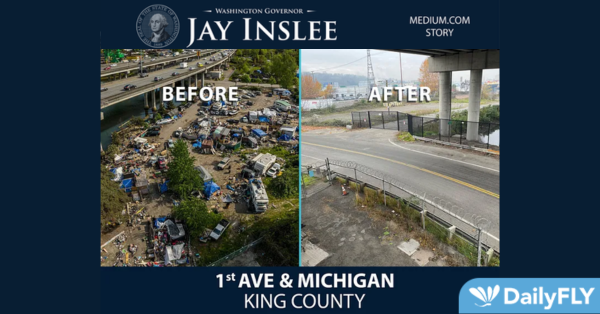In October of last year, Marie and Phuong were sitting around a table at the Civic Hotel, an emergency shelter in Seattle. They talked about how much their lives had changed in the months since they left an encampment along a state right of way in King County.
Years of living on the streets and struggles with long-term substance use disorder had taken a toll. For a while, they simply didn’t know where to turn. While they were still living outside, it had taken time to trust the outreach representative from a local nonprofit who explained that there were better options available to them. Once they realized that they didn’t have to stay out in the cold, in a tent or under a tarp, this representative connected them with a shelter and helped them get access to supportive resources like substance use disorder treatment.
Months after moving into the Civic Hotel, when Gov. Jay Inslee visited the building, Marie and Phuong sounded optimistic. They talked about what it was like to be in the process of turning their lives around. For the first time in a long time, they said, they felt hopeful about their future.
Stories like this abound in Washington and across the United States— stories of people who needed help to get back on their feet at a time when they simply could not afford a place to live. These are people who might have died by now if help hadn’t arrived in time. Their stories are worth knowing, and they are worth helping.
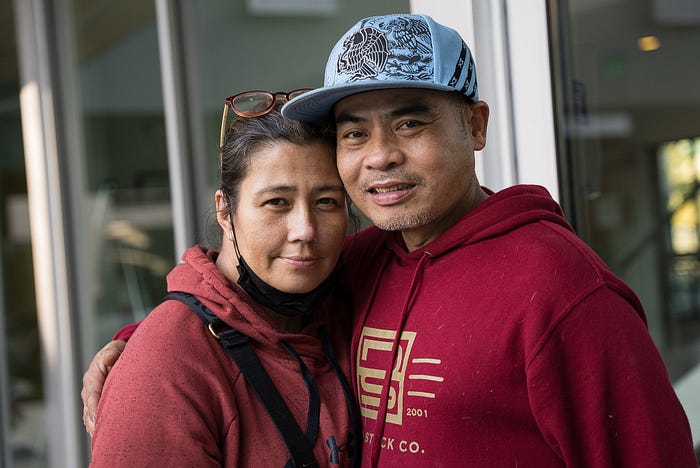
Washington is going big on housing
During the most recent Legislative session, legislators heeded the governor’s call to “go big” on housing. They allocated more than $1 billion to speed up construction of all kinds of housing — from supportive housing for people with developmental disabilities to affordable housing for those who work hard but can’t compete in this housing market with those earning six-figure incomes.
While these longer-term efforts are underway, however, more remains to be done to address immediate emergency housing needs.
At a press conference on Thursday, Inslee previewed his budget proposal for an additional $100 million to maintain the Rapid Capital Housing Acquisition (RCHA) fund. This program has made it possible for state agencies and local partners to resolve encampments by quickly opening new emergency housing options such as converted hotels and tiny home villages.
Inslee previewed his proposal at a former encampment in Seattle that sprawled along 1st Avenue & Michigan Street. The governor had toured the site once before. In March, he met with the DOT crews working to clear debris and abandoned vehicles from the area, just days after local partners had connected the encampment residents with safer housing options.
Today, the site remains clear.
Over the last 18 months, RCHA funds and the encampment resolution program have made it possible for state agencies and local partners to clear encampments and provide emergency shelter to people living on state rights of way.
“We can’t slow down on our efforts. If anything, our success should give us confidence to go bigger, faster,” said Inslee. “And I want to be clear about this: this funding won’t serve just a few people. The housing and shelter space we open now is going to be around for decades to come. It’s going to help countless people break the vicious cycle of poverty and homelessness.”
Moving faster to resolve encampments
Inslee launched the Rights of Way Safety Initiative, now called the encampment resolution program, to provide a way for state agencies to move people living along dangerous rights of way into safer housing options where they could also receive services.
Since its launch in spring 2022, the program has proved it can deliver results.
State agencies and local partners have cleared 30 encampments, with two more in process. The program has brought more than 1,000 people inside.
That’s why the governor’s supplemental budget proposal to be released next week will include $100 million for the RCHA program.
Combined with services like substance use disorder treatment, behavioral health care, and job training, these housing options enable people to get back on their feet.
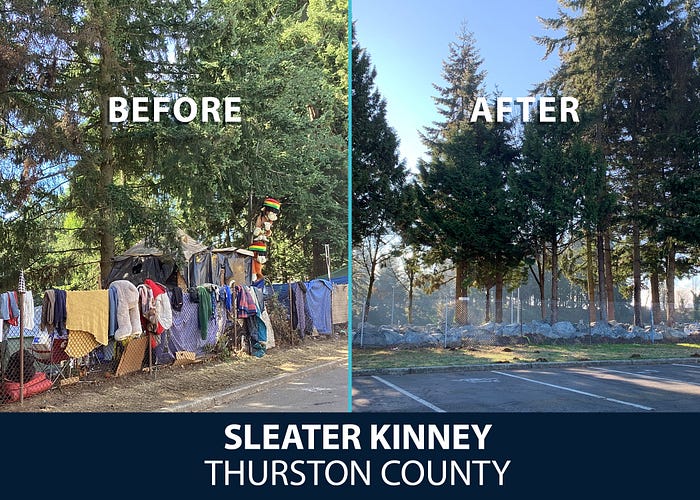
Preventing homelessness
The governor’s budget proposal will also include funding for programs that can help people facing serious housing insecurity from becoming homeless in the first place. Proposals include:
- Incentivizing landlords to rent homes to people on rental assistance.
- Expanding access to civil legal aid for tenants facing eviction.
- Addressing the funding shortfall for local housing organizations statewide.
- Preventing the closure of local emergency shelters and affordable housing programs.
- Funding short-term rental assistance.
- Providing housing to human trafficking victims.
- Looking for new ways to help homeless youth and those at-risk of becoming homeless.
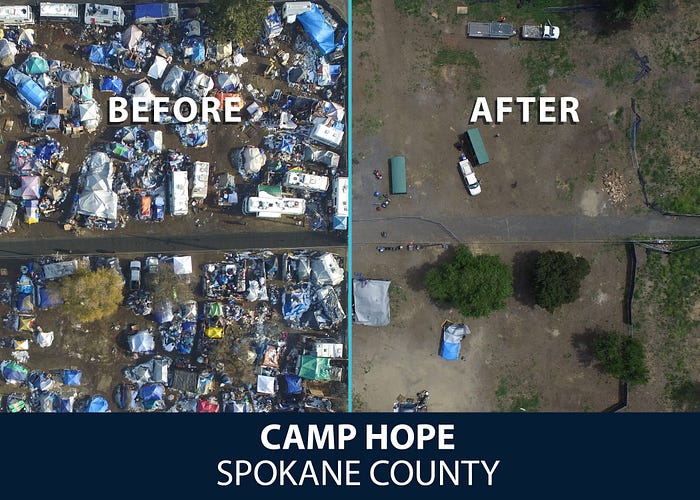
Homelessness is a consequence of Washington’s housing shortage
The Legislature took action last session to confront the growing affordability crisis in Washington’s housing market — a problem that has accelerated in recent years. Simply put, Washington has not built enough housing to keep pace with its growing population. The state Department of Commerce estimates an additional one million homes need to be built in the next 20 years at a pace of 50,000 housing units a year.
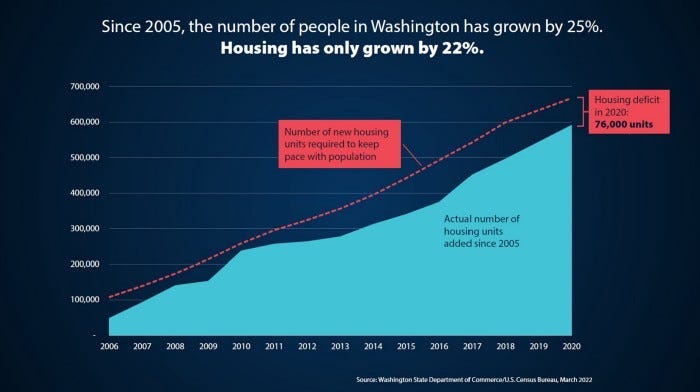
State agencies are working with local officials to learn more about the specific needs of Washington’s towns and cities. Commerce developed projections to help local governments understand their projected housing needs. They’ve crafted strategies to increase housing density and cut red tape to help real estate developers and builders to move faster.
This effort is already paying dividends. Accessory dwelling unit (ADU) construction has surged in cities like Seattle. Innovative cooperative-ownership models are allowing working people to afford homes in places like Lopez Island. Shoreline is expanding transit-oriented housing options to enable people to get around without a car. Spokane and Tacoma, among others, maximizing buildable land though zoning changes. Even the Department of Natural Resources is doing feasibility studies to determine if some of their land should be used to develop affordable housing.
Ultimately, solving homelessness means solving Washington’s housing shortage. Efforts to increase the availability and affordability of housing are working to make housing more affordable for all Washingtonians.
In the meantime, the RCHA fund is the primary tool enabling state agencies and local partners to resolve encampments by helping those experiencing homelessness.
It’s vital that the Legislature act to approve the governor’s proposal to maintain funding for the encampment resolution program at a robust level during the upcoming legislative session.
People like Marie and Phuong show why these efforts matter. The connection to housing and services is the difference between rebuilding lives or leaving people to shiver under a tarp. For many, it’s the difference between life and death.






